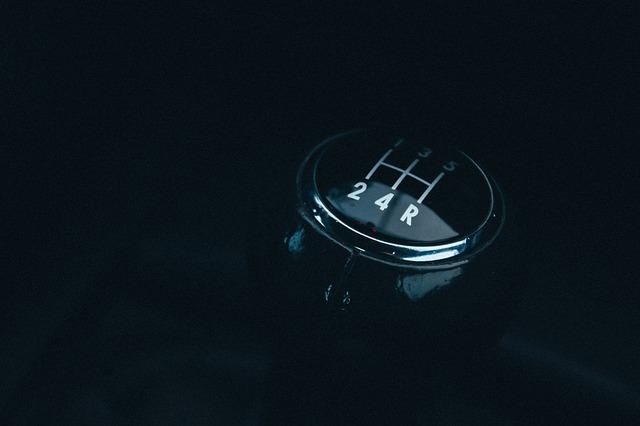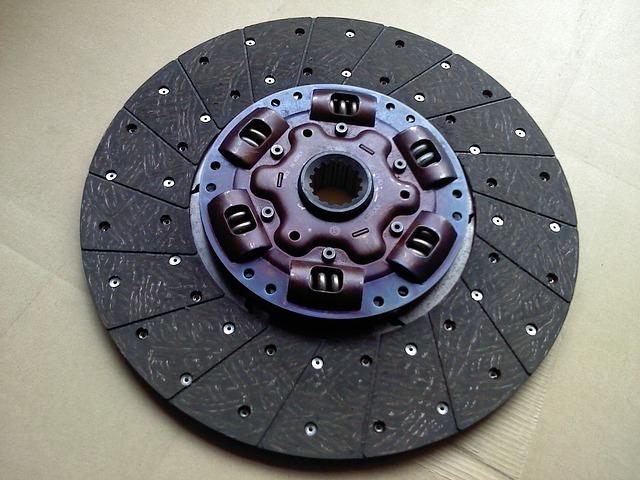What is a Clutch on a Car?
Published Date: 5th Jun 2023
 In a manual transmission car, the clutch mechanically disengages the engine from the transmission. Its primary purpose is to enable smooth gear changes by synchronising the spinning speed of both the engine and transmission. The clutch also aids the car starting process, requiring the engine to spin before engaging with the transmission.
In a manual transmission car, the clutch mechanically disengages the engine from the transmission. Its primary purpose is to enable smooth gear changes by synchronising the spinning speed of both the engine and transmission. The clutch also aids the car starting process, requiring the engine to spin before engaging with the transmission.
A clutch comprises three vital parts - the flywheel, pressure plate and clutch disc. The flywheel is mounted on the engine's crankshaft and rotates at an equivalent speed to the engine's rotation. What connects to the flywheel is the pressure plate, with a spring implementing force on the clutch disc against the flywheel. The clutch disc sits sandwiched between the flywheel and the pressure plate, furnished with friction material on both sides, granting it the ability to grip onto both the flywheel and pressure plate.
Depressing the clutch pedal disengages the clutch cable or hydraulic system, which separates the clutch disc from the flywheel. When free to spin independently, it enables gear changes without damaging the transmission, allowing for a smooth driving experience.
 As you release the clutch pedal, the clutch cable or hydraulic system activates the clutch. Consequently, the pressure plate applies force to the clutch disc, which comes into contact with the flywheel. The clutch disc is held in place thanks to friction and can propagate power from the engine to the transmission.
As you release the clutch pedal, the clutch cable or hydraulic system activates the clutch. Consequently, the pressure plate applies force to the clutch disc, which comes into contact with the flywheel. The clutch disc is held in place thanks to friction and can propagate power from the engine to the transmission.
Automobile clutches fall into two categories: single-plate and dual-plate. Single-plate clutches are made of one clutch disc and are more common. Dual-plate clutches with two clutch discs are mainly used in high-performance cars.
Regular maintenance of clutch systems is essential to ensure proper operation. This involves checking clutch fluid levels, inspecting clutch disc wear, and adjusting the clutch cable or hydraulic system. Pay attention to these basic steps to prevent system failure and reduce unexpected repair expenses.
Here are some of the most common clutch problems:
- Slipping clutch: This indicates that the clutch disc is not providing sufficient grip on the flywheel. The issue can be due to a worn clutch disc, pressure plate, or a leaking clutch master cylinder.
- Grabbing clutch: This indicates an abrupt engagement of the clutch. Possible causes include a worn clutch disc, pressure plate, or a faulty clutch slave cylinder.
- Chattering clutch: A high-pitched noise can occur when the clutch is engaged or disengaged, signalling wear to the clutch disc, pressure plate, or misalignment.
For optimal safety and longevity of your clutch system, it’s crucial to have a skilled vehicle technician conduct a thorough inspection whenever any issues are detected.
Looking to buy a new car? Find Amazing New Car Deals Here
Discover your perfect car with the guidance of our team of expert sales professionals. From start to finish, we'll work with you to find the ideal vehicle to match your needs. Contact UK Car Discount today and explore our wide selection of premier vehicles.
Call us today at 0161 946 3500 to discuss how we can guide you with your next Next New Car.
READ THE LATEST NEW CAR JARGON ARTICLES HERE
